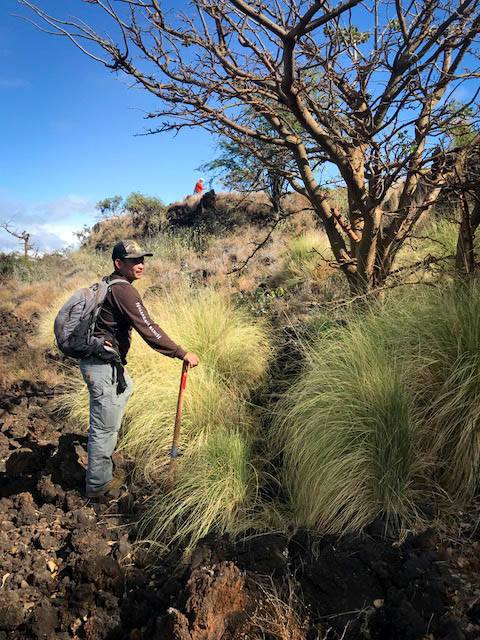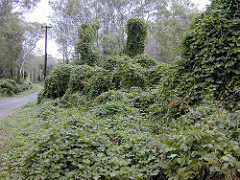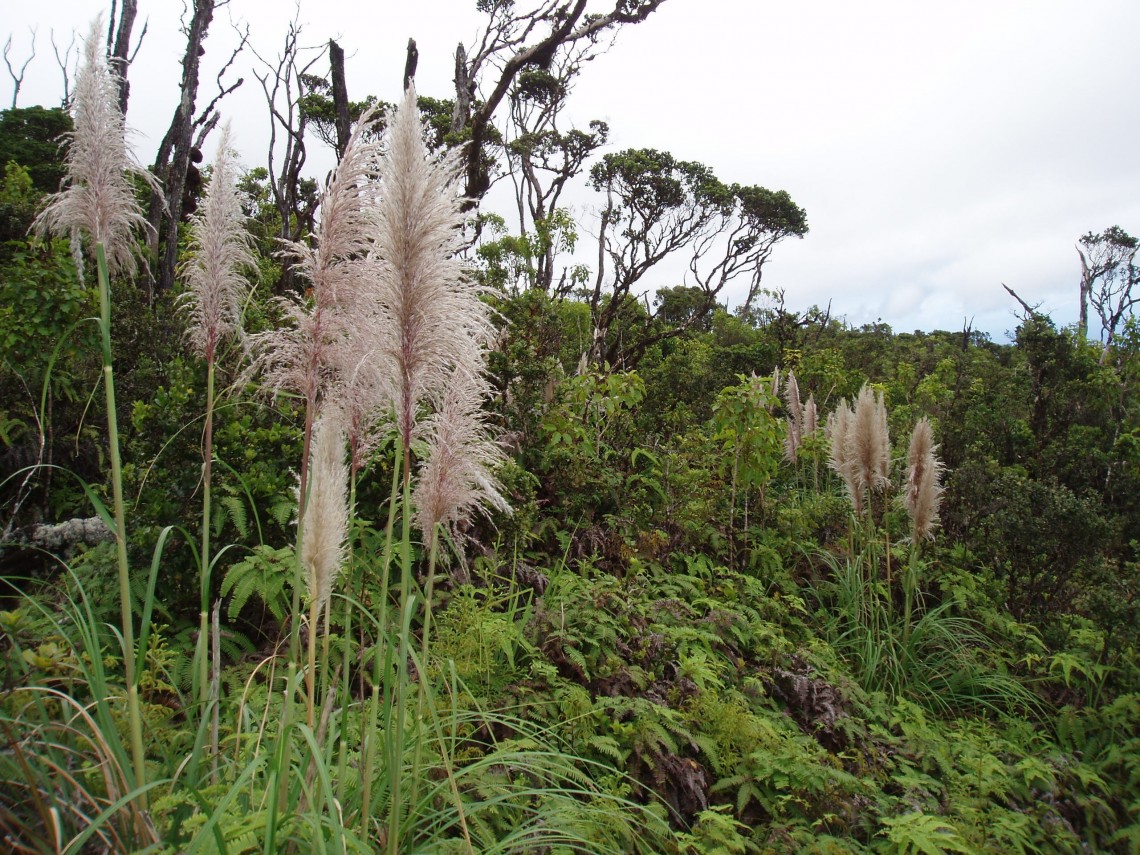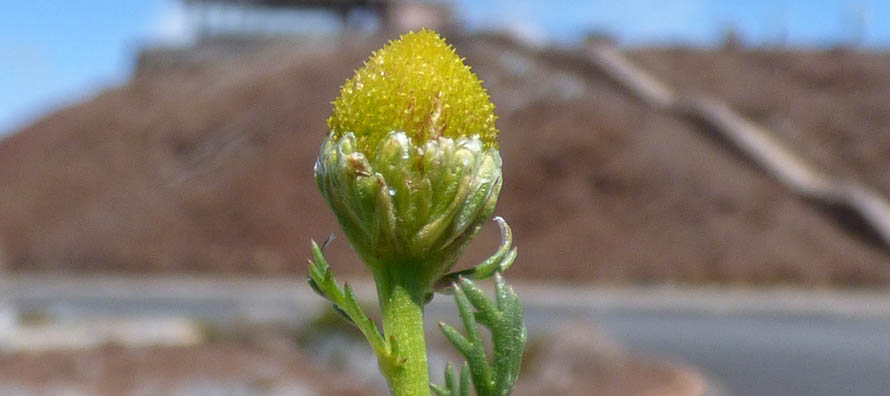On the leeward slope of Haleakalā above Kīhei rises a red dirt cinder cone named Puʻuokali. Puʻuokali means “the hill…
Read More
Invasive Plants
Pines threaten Haleakalā
Haleakalā Crater is a rainbow of cinder, unlike anyplace else on earth. The result of millions of years of eruption…
Read More
Glycine got ya down?
Tips & Tricks for Common Pests – Glycine With all the rain last summer, many upcountry Maui homeowners spent the winter…
Read More
Deck your hall with boughs of locally harvested plants
Deck the halls with boughs of….holly? ‘Tis the season to decorate your hale with holiday wreaths, sprigs, and boughs. Fresh…
Read More
Pigs and Pampas
At about 4000’ elevation, just east of Koʻolau Gap above Keʻanae on the island of Maui, a four foot tall…
Read More
How did that get here? Strange plants atop Haleakalā
High atop Haleakalā winds whip across the summit, frost crystals sparkle in the morning sun – melting as the day…
Read More






